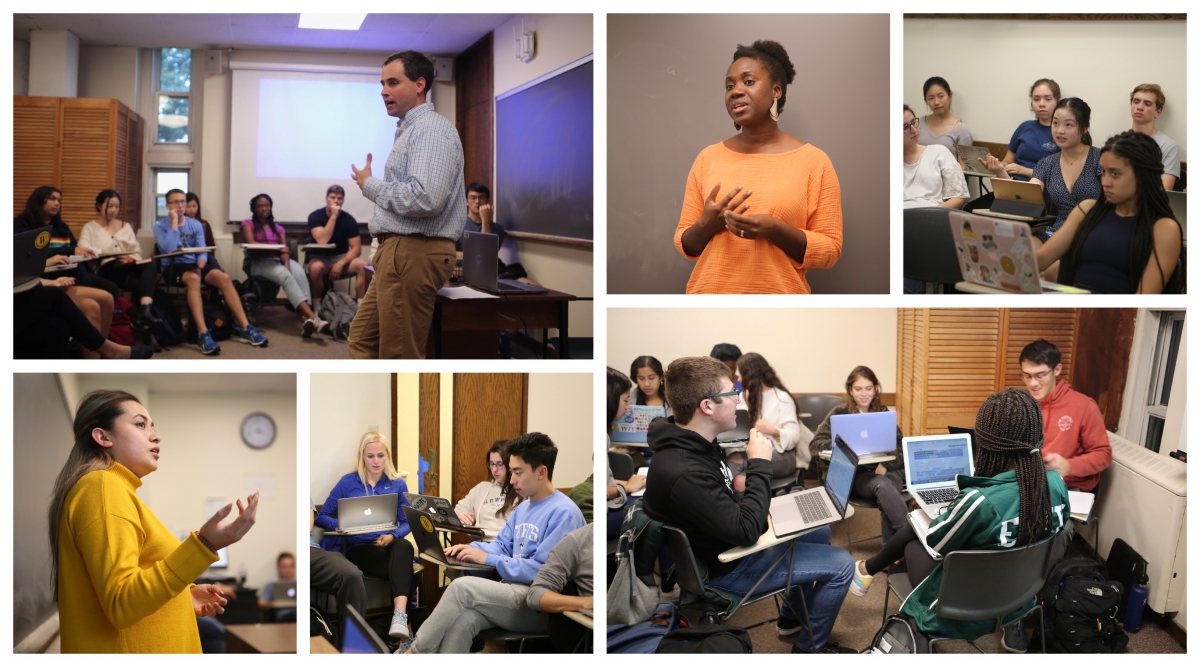Microfinance and Financial Inclusion by Alex Perman

Poverty and financial inequity are a global crisis. What is an effective way to address these issues? Microfinance could be a potential solution. The central idea behind microfinance is to provide financial resources to economically underdeveloped regions in the forms of microloans, microsavings, and microinsurance. Allowing access to these initiatives in areas where financial resources are in high demand is key. Additionally, financial inclusion strategies in the form of literacy programs and establishing more permanent Microfinance Institutions (MFIs) are also important factors in developing a more sustainable ecosystem across the world.
The main goal of the new Institute for Global Leadership course in Microfinance is to teach students about the beneficial possibilities of microfinance while also educating them in financial inclusion, both domestically and globally. Adam Grenier, who taught the course in the fall 2019 semester, is an experienced impact investor and Vice President in Wealth Planning at Fidelity Investments. He worked in Sierra Leone in 2008 as a Fellow with Kiva.org. He is an expert in microfinance and is devoted to educating students and families in wealth inequality and financial inclusion.
The first portion of the course focused on the three main pillars of microfinance: microloans, microsavings, and microinsurance. Students are given in-depth lessons on these topics and are engaged with several real-world examples. These include a basic overview of the history of microfinance, outlining what the most optimal MFI would look like, strategies to implement savings programs, and an analysis of informal and formal loan sources. Guest speakers included mobile app developers, Fletcher School students, and a participant in an actual Kiva loan.
The other half of the semester focused on financial inclusion and wealth inequality and began with a discussion on CDFIs, or Community Development Financial Institutions, which are essentially MFIs based in the US. Additionally, a deeper look at the facets of impact investing is discussed as part of the course which serves as a nice balance to the more banking-oriented side of MFIs in microfinance.
Each student was also given the opportunity, through a $25 Kiva credit provided by the IGL, to choose a borrower from around the world to support by contributing toward that person’s crowdfunded loan. As the borrower pays back his/her loan, the lender (the student) has their $25 replenished. Months later, well after the class is over, the student will re-lend the $25; the students are required to keep the money in the system.
Tufts students have the opportunity to travel abroad as part of the Global Engagement Trip, led by Adam Grenier, and to conduct on-site research. In the past, students have gone to Ecuador and Mexico to interact with clients one-on-one.
The course gives unique insight into the economic development of areas in need of financial resources and how to address the global issue of poverty. Through lessons in loans, savings, and insurance, as well as the opportunity of listening to guest speakers, the course provides a useful and fascinating view into an unconventional side of finance at the enterprise level. Internships and other work opportunities are also available to students.
